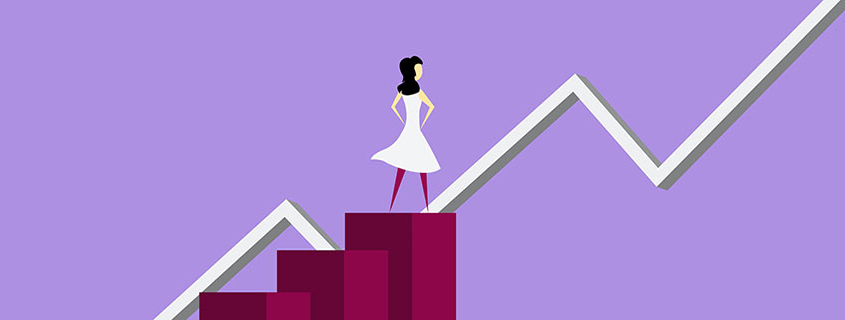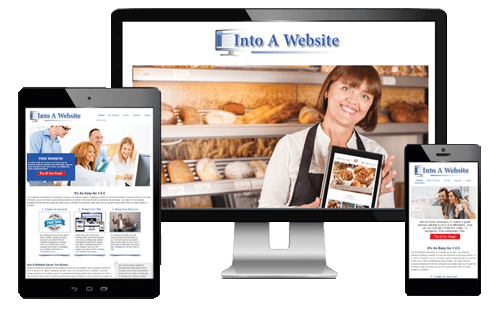How to Rank Higher with On-Page Optimization
If you are running a business, you might be aware of the ever-increasing competition in the market. Businesses nowadays operate on a much faster frequency than before. Missing out on a single opportunity to promote your products or services may incur hefty losses. To stay ahead of your competition, you may need a growth-driven SEO strategy for your business website. We can help you review the vital factors that can help you rank higher with on-page optimization.
On-page optimization is an essential part of search engine marketing that helps ensure your produce or services is on your customers’ radar. Let’s dive into the details to learn more.
What is On-Page Optimization?
On-Page SEO refers to optimizing your website’s core components to help it rank higher on search engines. When working on an on-page SEO strategy, SEO experts aim to work on various front-end and back-end components, including web content, site structure, image optimization, error cleanup, page formatting, and HTML scripts.
While website owners may have varying objectives to ensure business growth, on-page optimization comes in handy while growing their target market. To better understand how on-page SEO can help you achieve higher ranking on Google and other search engines, let’s dig into the various elements you may need to focus on.
Essential On-Page Ranking Strategies
The following factors are vital in developing a performance-driven on-page SEO strategy for your business website.
Create Quality Web Page Content
The most critical factor that determines your website’s rank within the SERPs (Search Engine Result Pages) is the quality of your website’s content. To ensure high-quality content, you may need to focus on multiple elements, including E-A-T, keyword optimization, page layout and heading structure, and visual assets.
- Expertise, authoritativeness, and trustworthiness (E-A-T), is the essential guidelines to determine the quality of your web content.
- Keyword optimization involves researching and making use of relevant keywords in your website’s headings and body content. Choosing the right keywords for your website to target relevant audiences is crucial.
- Page layout and heading structure involves using proper HTML tags in the right places and with the right frequency to make sure your information is easy to read and well liked by both a potential client and search engines alike.
- Visual assets help make your webpage more appealing and break up content making it easier to read and understand. Moreover, enriching your web page content with visual aids like images and videos can help you boost your website’s rank on search engines.
Refine Site Structure
If your website struggles to achieve a higher rank on Google and other search engines, you may want to review your website’s structure. Optimizing your website’s interface can help cut the clutter between your business and top search engine rankings. From top navigation to title tags, everything counts when targeting higher ranks.
Google analyzes websites based on their structure to rank them in a specific position. Refining the website’s navigation paths, call-to-action (CTAs), and URL structures can improve your SERP rankings. Taking assistance from an SEO expert may prove vital in setting up your site structure.
Optimize Alt Tags
Many website owners overlook the importance of alt tags while developing an on-page SEO strategy. Poorly created alt tags may be dead weight on your well-structured website. When using visual aids on your web pages, it is important to pay close attention to alt-tag optimization to increase the likelihood of higher rankings within the SERPs.
Since search engines cannot understand multimedia elements, alt tags allow you to describe the image or video in text form to make it more Google-readable. For instance, if you have an image of a jacket on one of your web pages, you may set the alt text for that image to, “leather jacket,” to help rank it for relevant keywords.
Optimize Page Loading Speed
Poor page loading speed is a common factor that hinders many websites from ranking higher on SERP. You may have a perfect website, but if it takes too long to open, your visitors may quit their web session before it even begins. Page speed also impacts your website’s conversion rate. Test your page loading speed, and look at the data within tools such as Google Analytics. If you notice a high rate of bounces (people who visit then leave your website without browsing any further) you may want to look at your page’s load speed a bit closer.
Various elements may slow down the page loading speed, including large-size images, unnecessary coding, installed plugins, and more. You can enter your website’s URL on Page Speed Insights to review the factors you may need to work on. If you find it challenging to understand technical website data, you will want to hire an SEO agency such as Web Development Done Right, to optimize your website’s page speeds.
Create Credible Internal Links
Many web users place internal linking in the off-page SEO block. While it is prominent in off-page optimization, internal linking is equally crucial in creating your on-page SEO strategy.
“Internal linking is something you control as a site owner. With the correct internal links, you’ll guide your visitors and Google to your most important pages.” – SEO Yoast
When Google’s crawlers review your web content, they keep an eye out for relative links to understand the context of your services.
However, choosing relevant internal links is vital to improving your website’s rankings. Having no internal links may create a poor website impression on Google’s crawlers, making it less likely to rank higher in search results.
Where to Begin?
Overwhelmed with all the information? Developing an effective on-page optimization strategy is not as complicated as it seems. If you want to push your website’s rank on Google, on-page SEO experts at Web Development Done Right can help you take a quick start.






